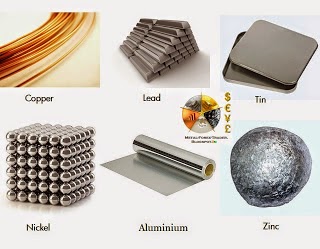China’s zinc exports reached a –year high in August, and most exports went to LME-registered warehouses, Shanghai Metals Market learns.
China exported 21,200 tonnes of refined zinc in August, up 28-fold YoY, bringing net imports only 37,000 tonnes, according to China Customs.
Growing pressures in bonded-zone inventories, Qingdao’s financing fraud, high storage charges and cash flow problems all promoted export activities since June, especially in bonded zones.
The SHFE/LME zinc price ratio dropped to 7.1-7.2 June-August, holding losses for imports above 1,000 Yuan/tons, preventing goods in bonded zones from entering domestic market.
Over the past few months, major export destinations of Chinese zinc products were Taiwan (China), Malaysia, Singapore and South Korea, and all these regions have LME-approved warehouses.
Besides, LME zinc inventories have grown from 700,000 tons to 750,000 tons since June. Hence, SMM estimates that most exports went to LME-approved warehouses in Asia.
Outbound shipments of Chinese zinc products are expected to remain high in the near future due to the current price ratio and liquidity conditions.
China exported 21,200 tonnes of refined zinc in August, up 28-fold YoY, bringing net imports only 37,000 tonnes, according to China Customs.
Growing pressures in bonded-zone inventories, Qingdao’s financing fraud, high storage charges and cash flow problems all promoted export activities since June, especially in bonded zones.
The SHFE/LME zinc price ratio dropped to 7.1-7.2 June-August, holding losses for imports above 1,000 Yuan/tons, preventing goods in bonded zones from entering domestic market.
Over the past few months, major export destinations of Chinese zinc products were Taiwan (China), Malaysia, Singapore and South Korea, and all these regions have LME-approved warehouses.
Besides, LME zinc inventories have grown from 700,000 tons to 750,000 tons since June. Hence, SMM estimates that most exports went to LME-approved warehouses in Asia.
Outbound shipments of Chinese zinc products are expected to remain high in the near future due to the current price ratio and liquidity conditions.






